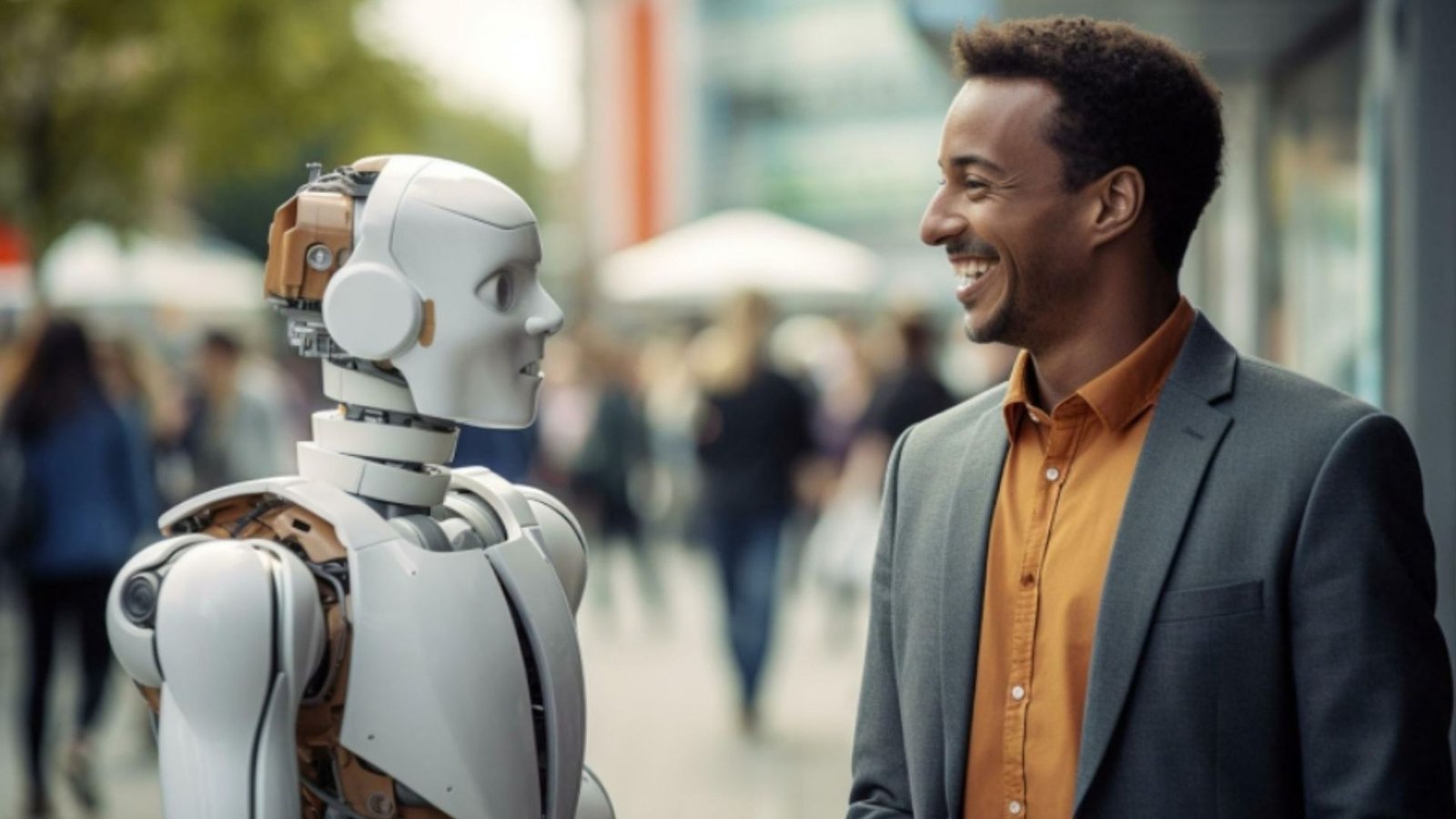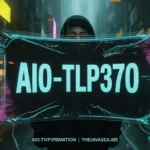The world of artificial intelligence is advancing at lightning speed, transforming the way we interact with images, videos, and digital content. One of the most fascinating innovations in this space is the AI talking photo — a technology that takes a static image and makes it “speak” by synchronizing lip movements, facial expressions, and even gestures with audio input. This blend of creativity and technology is opening doors to new opportunities in entertainment, education, marketing, and personal communication.
In this article, we will explore what AI talking photos are, how they work, their applications across industries, and some of the tools that make this innovation possible. We will also introduce PixNova AI, a cutting-edge platform that offers interactive AI-driven image and video tools, including talking photo features.
What Is an AI Talking Photo?
An AI-generated photo is a computer-generated image, usually a portrait or face, that has been brought to life with the help of artificial intelligence to sound like a real person talking naturally and using natural expressions. These systems can overlay audio records or text-to-speech (TSS) signals onto a photograph and make it appear that the person in the photo is talking.
This is done based on sophisticated AI models, including:
- Facial recognition and expression mapping deep learning.
- Lip, eye, and facial muscular movements tracking and control based on computer vision.
- Natural language processing (NLP) to facilitate seamless information flow in speech and visuals.
To put it simply, AI speaking photo technology will bring life to the still pictures and transform them into active, expressive characters.
How Do AI Talking Photos Work?
The process involves several stages:
- Image Selection of Input Image- In this stage, users provide or choose a portrait image.
- Audio or Text Input – The system employs built-in voice or text-to-speech audio.
- Facial Mapping In facial mapping, AI algorithms read the facial features and landmarks (eyes, nose, lips, chin).
- Animation Generation – The program generates coordinated motions to the image, in time with the soundtrack.
- Output Video – End product is a short and animated video of the photo speaking
Numerous websites have automated this to as easy as uploading a picture, inputting a script, and letting AI do the rest such as PixNova AI.
Applications
The rise of AI talking photo technology is not just a novelty — it has practical and impactful applications across industries.
1. Education and E-Learning
Educators are able to develop interesting lessons using figures of the past or imaginary characters explaining difficult concepts. Suppose that Albert Einstein or Shakespeare stood in a virtual classroom talking to students.
2. Marketing and Advertising
Interactive campaigns are the use of AI talking photos in which brands customize the advertisement by having the mascot, influencer, or even a spokesperson of the product recorded giving a personalized message.
3. Entertainment and Social Media
Social media sites feed on exclusive, viral content. Talking photos enable users to make selfies expressive in the form of an avatar, lip-synching to your favorite songs, or allow you to make a meme that comes to life.
4. Customer Support and Business
Talking photo virtual assistants are able to provide a more human-like customer service experience, since they can guide the user with expressions and natural speech.
5. Heritage and Preservation
Museums and cultural organizations use AI talking photos to bring historical portraits, artifacts, or statues to life, creating immersive storytelling experiences.
The Technology Behind the Magic
The development of generative AI and deepfake technology is what makes possible the creation of AI talking photos. Although deepfake technology has been associated with ethical issues, it is an unbelievable source of creativity and learning when used in a responsible manner.
Key technologies include:
- Generative Adversarial Networks (GANs): These are applied in creating natural facial expressions.
- Voice Cloning and TTS Engines: Natural speech generation using text.
- Facial Landmark Detection Models: Models Make sure that the expressions are realistic and synchronized.
All these technologies combined make AI talking photos look natural and smooth and believable.
Introducing PixNova AI
PixNova AI is a high-tech solution that provides a set of innovative web-based image creation, editing, and interactive solutions. They comprise AI-based face-swapping, image generation, outfits changes at a button press, AI-based virtual interactions with characters, and others.
The capability to make AI speaking photos easily is also one of the key highlights of PixNova AI. In a couple of clicks, one is able to post a photograph, add voice or text and see their photograph come to life. PixNova AI offers effective and easy to use tools whether it is to create fun social media content, professional presentations or even in marketing campaigns.
The platform also supports advanced editing functions such as:
- Background removal
- Image upscaling and enhancement
- Photo retouching and polishing
- Creative transformations like anime or sketch styles
PixNova AI bridges the gap between creativity and technology, making professional-quality results accessible to everyone.
Benefits of Using AI Talking Photos
1. Enhanced Engagement
Talking photos are less time consuming and videos are more involving than mere pictures.
2. Cost-Effective
Businesses can make talking photos using the existing pictures, instead of employing the actors or recording new video content.
3. Personalization
The communication experience can be made more personalized since talking photos are able to send personalized messages to the customers, friends or students.
4. Time-Saving
By using services such as PixNova AI, users are able to create content in a few minutes without highly technical expertise.
5. Versatility
Talking photos are versatile as they can be used as a source of casual entertainment and as a tool to prepare a professional presentation.
Ethical Considerations
Though AI talking photos are a good idea, they provoke some concerns relating to morality and abuse. Concerns include:
- Consent: This is the use of a photo without consent.
- Misinformation: The possibility of sharing fake videos.
- Privacy: Dangers of publishing personal photos on web sites.
Careful platforms, such as PixNova AI, focus on ethical use and urge customers to avoid the violation of intellectual rights and privacy.
Future of AI Talking Photos
As AI continues to advance, we can expect:
- Better Realistic Animations- With better facial modelling and expressions.
- Integration with Virtual Reality (VR) and Augmented Reality (AR) – Talking photos may engage the users in the immersive environment.
- Increased Accessibility – The tools will be cheaper and more ubiquitous, and anybody may make professional-level animations.
- Verse-Across-Industries Implementation – Since the medical (training of virtual patients) and entertainment (interactive storytelling) industries are only a few examples, the opportunities are boundless.
Conclusion
AI talking photos are an impressive advance in digital interaction, which allows changing unanimous pictures into dynamic, expressive, and communicative methods. This technology provides new dimensions of investment and innovativeness whether it is in the learning field, marketing, entertainment or personal expression.
Such systems as PixNova AI make all innovations available and affordable to everyone with an extensive variety of image generation, editing, and interactive features. PixNova AI shows how artificial intelligence can combine functionalism and creativity through talking photos, changing of outfits, and face swap among others.
Like any other new technology, ethical and responsible usage is necessary. However, in the right context, AI talking pictures can add to our online experience and change the manner in which we interact with images.










